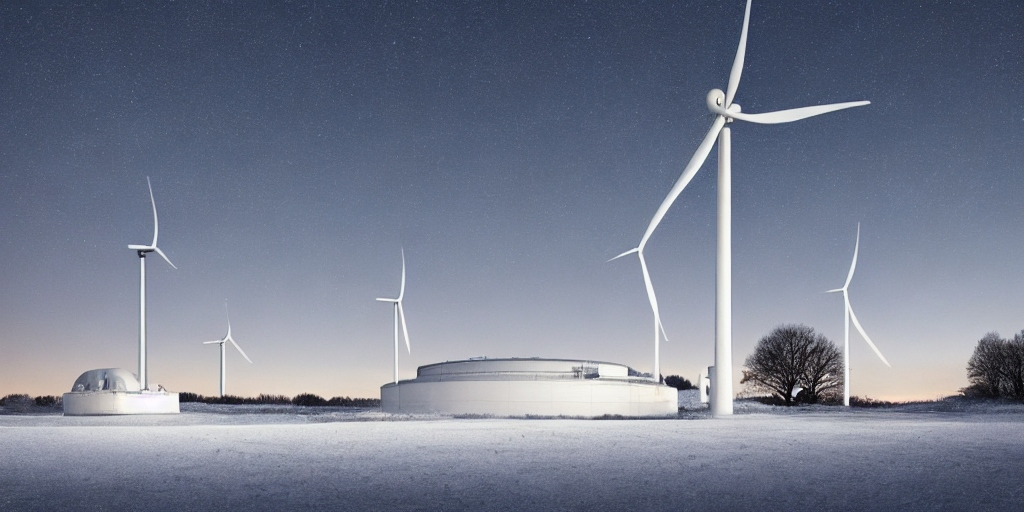First of all, let me make clear that I’m not ‘anti’ hydrogen – I absolutely think we’re going to need it for some applications. For a start, we’ll have to replace all the ‘grey’ hydrogen we currently use to make fertilisers, and we’ll probably need a lot of hydrogen for steel-making. In applications like that, where there is not really any other zero carbon choice, the question is not whether to use non-grey hydrogen, but how best to do it.
So my question about hydrogen is really about using it where there are competing options – such as in vehicles. Where does the line get drawn between turning electricity into hydrogen and then back into electricity, vs just using the electricity? Physics says that the hydrogen option is always going to need a minimum of twice as much energy compared to using the electrons directly, so for hydrogen to compete, it has to use electricity that is half the usual price, or less.
As far as I can see, there are two possible options for finding cheap renewable electricity to make hydrogen – either ‘when’ or ‘where’. The ‘when’ option is to use curtailed renewables – wind power generated in the middle of the night for example. And the ‘where’ option is to hook up an electrolyser to a wind turbine out at sea or a solar farm in the Australian outback (rather than lay a cable).

Let’s look at the when option first (I’ll tackle ‘where’ in the next post). At the moment, in the UK, if the wind is blowing in the middle of the night, some wind farms get paid to switch off rather than damage the grid, so the electricity price is effectively negative. I can see why people get excited about hydrogen when looking at this. However, I had a client who asked me to assess the feasibility of producing hydrogen from curtailed power, and for now the numbers don’t stack up. The problem is that electrolysers are a big up front cost, so an operator needs to run them continuously in order to generate a return on investment – only running them when there’s excess electricity on the grid is not good enough for investors.
Even if the price of electrolysers falls significantly, my guess is there won’t be enough curtailed power to supply them, for two reasons. One, we are rapidly moving towards a smart grid in which consumers and energy companies collaborate to match demand to supply. And two, we are seeing exponential growth in electric vehicles, which will be left on overnight to be charged at the discretion of the smart grid whenever power is cheapest. Effectively, all those EV batteries will be soaking up the cheap electricity leaving none to make hydrogen.
I would really welcome comments on the above from anyone who has more detailed modelling of the UK electricity grid. My thoughts are purely qualitative, so maybe the scale of renewables we need to meet peak demand is such that we’ll have a huge amount of curtailed power even with EVs and a smart grid. But my suspicion is that the market will match the two, and not leave much for hydrogen production. So what about the where option? That’s for my next post…
